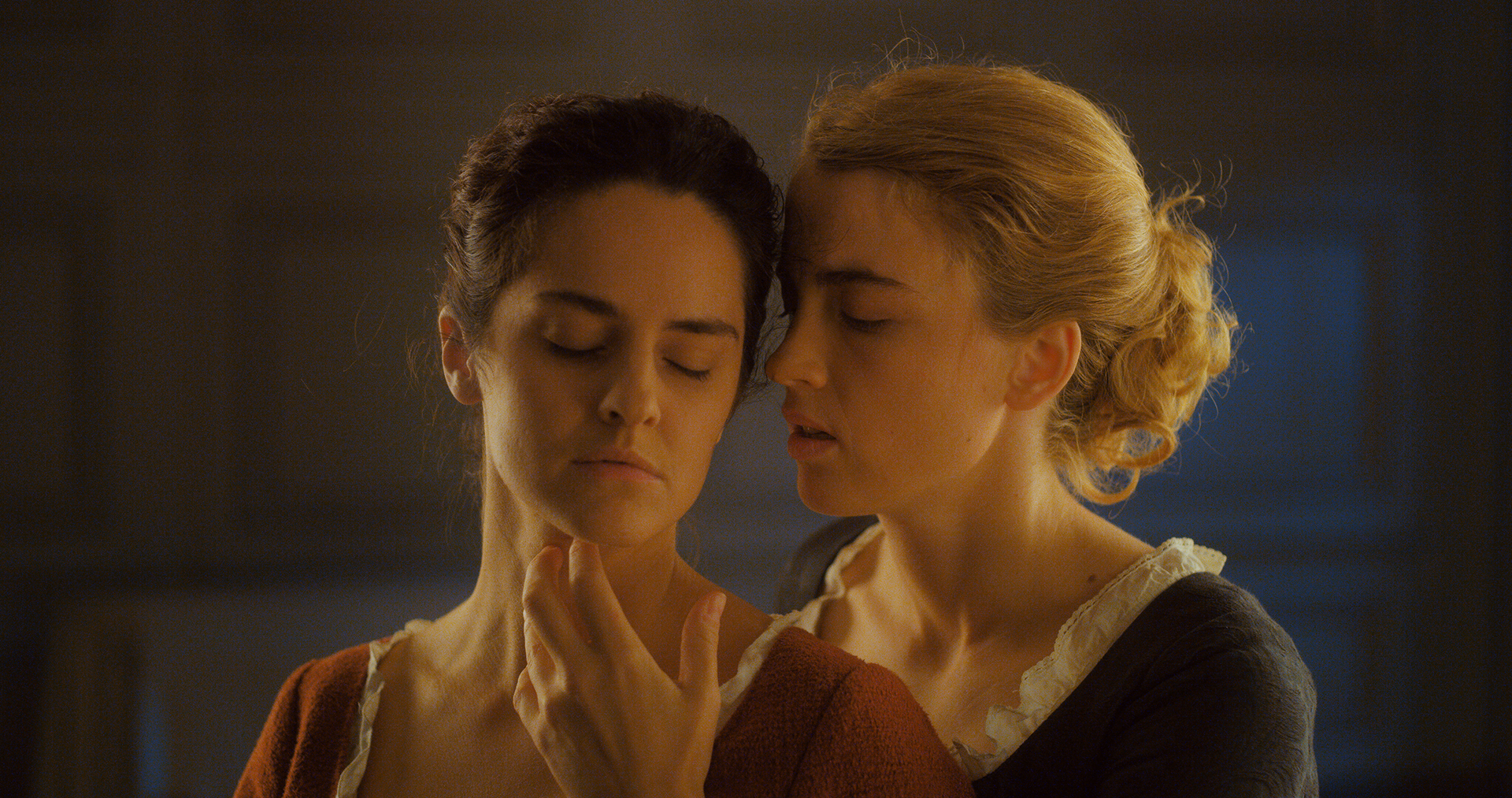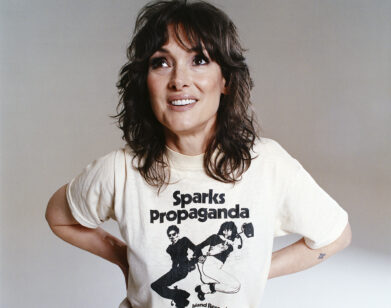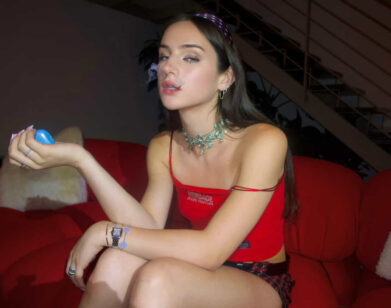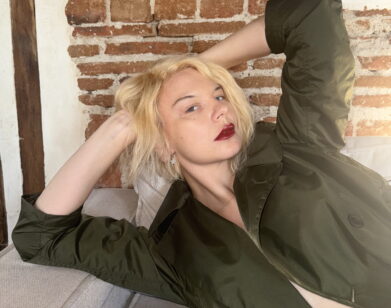Exit Poll: “Portrait of a Lady on Fire” Finally Leaves Women Alone

Exit Poll is a series exploring the good, bad, and outright deranged films and events our editors are attending. This week: Shanti Escalante heads to Portrait of a Lady on Fire, the latest film by director and writer Céline Sciamma. The Cannes-acclaimed lesbian romance is a must-see for anyone who wants to live in a utopia full of women.
At the post-screening Q&A of Portrait of a Lady on Fire at the Angelika, an audience member asked the director Céline Sciamma what it was like to work with an almost exclusively female cast and crew. “You know, utopia is possible,” Sciamma responded in her drawling French accent. If The Lighthouse was the ultimate nightmare of what men do when left to their own devices (attempt murder, fuck mermaids), Portrait shows how high women fly when left by themselves. The movie’s conceit is simple: Marianne (Noémie Merlant), a painter, must create a wedding portrait of Héloïse (Adèle Haenel), who has thus far resisted her betrothal by refusing to pose for the picture—a move that has delayed her marriage indefinitely. Marianne is to get around this by sketching her from memory at night after spending some awkward hours taking walks and contemplating suicide. Shy side-eyes ensue. In U-haul lesbian fashion, Marianne and Héloïse fall head over heels in love (like, by the 20 minute mark), and begin their five day tryst running around on the beach, doing drugs together, and painting by candlelight.
As a love story, Portrait falls short, though just by a hair. Sciamma’s lead characters are flawless: they’re beautiful, young, talented, and dripping with the melodramatic self-importance of a tragic first love. The tension of the movie is completely relegated off island and outside of the relationship. There’s only one trace of patriarchal, heteronormative society in the figure of Héloïse’s mother, and even she is no bad guy.
Where Sciamma’s film triumphs is in her portrayal of women making art. What recorded history conceals from us, she imagines with incredible sophistication. She bestows value to embroidery, pays witness to folk singing, and insists that women have always been engaging with the great subjects of their lives on an artistic level. Sciamma makes it easy to believe that women in the past were full subjects, despite a nearly annihilating exclusion from history that makes it tempting to think otherwise.
The strengths and the weaknesses of the film stem from her own creative philosophy. Sciamma has, predictably, been asked to define or defend “the female gaze” her entire career. At the Q&A, Sciamma said the female gaze is not about the visual. Rather, the gaze itself, male or female, is in the writing. She resists convention by asking herself if she can create tension in her scripts without leaning on aggressive conflict. This formula led to a somewhat cliche romance in which the couple is perfect but the petty injustices of society keep them apart. On the flip side, the tension she built showing how women create and experience beauty, blooms into an unmatched portrait of the artist. Earth-shattering art, she shows us with a master’s touch, can be an organic conversation between a person and her world that draws just as much inspiration from joy as the male gaze has from blood and gore.






